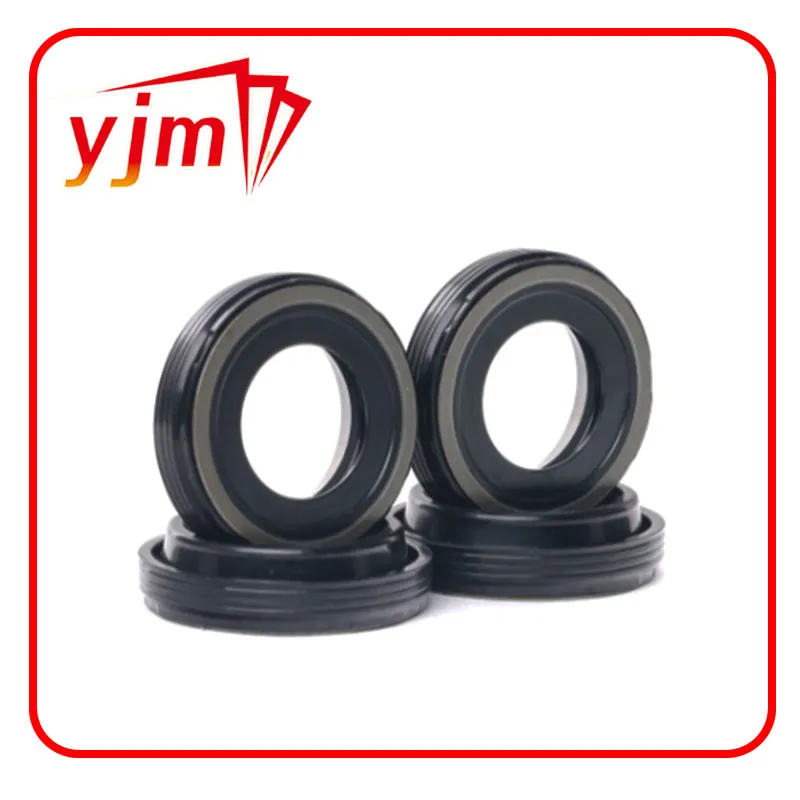flat rubber gaskets
Understanding Flat Rubber Gaskets A Comprehensive Overview
Flat rubber gaskets are essential components in various mechanical systems, providing sealing capabilities that prevent fluid and gas leaks. Made from flexible materials, these gaskets are designed to compress between two surfaces, creating a tight seal that helps maintain the integrity of different assemblies. This article delves into the significance, types, applications, and benefits of flat rubber gaskets, highlighting why they are indispensable in numerous industries.
What Are Flat Rubber Gaskets?
Flat rubber gaskets are flat, flexible sealers typically made from rubber or silicone materials. They are engineered to fit into the grooves or gaps between components to ensure a secure fit. Their primary function is to prevent the escape of liquids and gases, which is crucial in many mechanical and industrial applications.
Types of Flat Rubber Gaskets
Several types of flat rubber gaskets are available, depending on the application's specific requirements. Some common types include
1. Nitrile Rubber Gaskets Known for their excellent resistance to oil and fuel, nitrile rubber gaskets are commonly used in automotive applications. 2. EPDM Rubber Gaskets Ethylene Propylene Diene Monomer (EPDM) gaskets are favored for their excellent weather resistance, making them suitable for outdoor applications. 3. Silicone Gaskets Offering high-temperature resistance, silicone gaskets are ideal for applications that involve substantial heat, such as in ovens and engines. 4. Neoprene Gaskets This material provides good resistance to oils and weather, making it suitable for tasks exposed to a variety of environmental conditions.
Applications of Flat Rubber Gaskets
flat rubber gaskets

Flat rubber gaskets have a wide range of applications across various industries. Some of the most notable include
- Automotive In the automotive sector, flat rubber gaskets are used in engines, fuel systems, and exhaust systems to prevent leaks and ensure optimal performance. - Manufacturing In manufacturing equipment, these gaskets secure joints and connections, helping to minimize downtime due to leaks or component failures. - HVAC Systems Flat rubber gaskets are crucial in heating, ventilation, and air conditioning systems, providing seals that enhance energy efficiency and performance. - Plumbing In plumbing, these gaskets ensure proper seals around pipes and fittings, preventing water leaks and improving system reliability. - Food Industry Gaskets made from food-safe materials are used in food processing equipment to maintain hygiene and prevent contamination.
Benefits of Flat Rubber Gaskets
The use of flat rubber gaskets comes with numerous advantages, including
1. Leak Prevention The primary benefit of flat rubber gaskets is their ability to prevent leaks, which helps maintain system integrity and efficiency. 2. Cost-Effectiveness Rubber gaskets are typically less expensive than metal gaskets, offering an economical solution for various sealing applications. 3. Flexibility The flexibility of rubber allows for better adaptation to irregular surfaces, ensuring a tighter seal and improved performance. 4. Durability High-quality rubber gaskets can withstand a range of temperatures and pressures, making them suitable for demanding environments. 5. Ease of Installation Flat rubber gaskets are lightweight and easy to install, reducing labor time and associated costs.
Conclusion
Flat rubber gaskets are vital components in many mechanical systems, ensuring that equipment runs smoothly and efficiently without leaks. With their versatility and effectiveness, these gaskets play a significant role in automotive, manufacturing, HVAC, plumbing, and food processing industries. Understanding the types, applications, and benefits of flat rubber gaskets can help industries choose the right materials for their specific needs, ultimately leading to improved performance and reliability. As technology continues to advance, the innovation in gasket materials and designs will likely lead to even more effective sealing solutions in the future.
-
Understanding the Front Main Engine Seal: Purpose, Maintenance, and Installation
News Jul.29,2025
-
Understanding O-Rings and Seal Rings: Types, Applications, and Custom Solutions
News Jul.29,2025
-
Understanding Crankshaft Oil Seals: Rear Seals, Pulley Seals, and Their Role in Engine Integrity
News Jul.29,2025
-
The Importance of Front and Rear Crankshaft Seals in Engine Performance and Oil Management
News Jul.29,2025
-
Crank Oil Seals: Functions, Types, and Cost Considerations in Engine Maintenance
News Jul.29,2025
-
A Comprehensive Guide to O-Rings and Seals: Types, Materials, and Global Applications
News Jul.29,2025
-
Mastering Diesel and Performance Engine Maintenance: A Guide to Critical Oil Gaskets
News Jul.28,2025
Products categories















